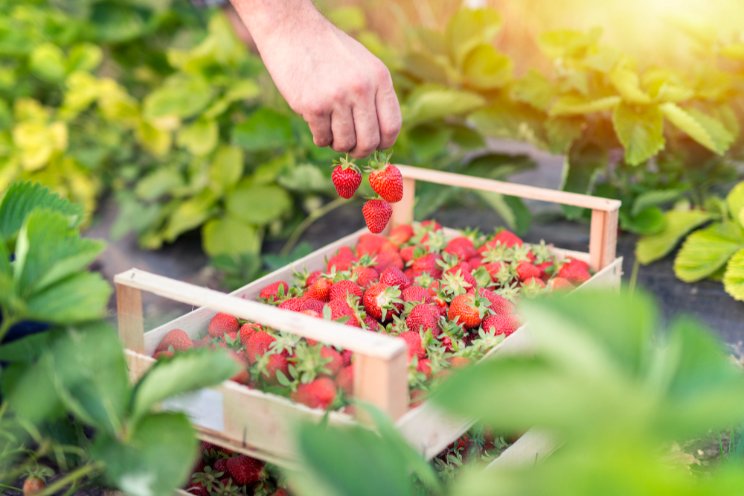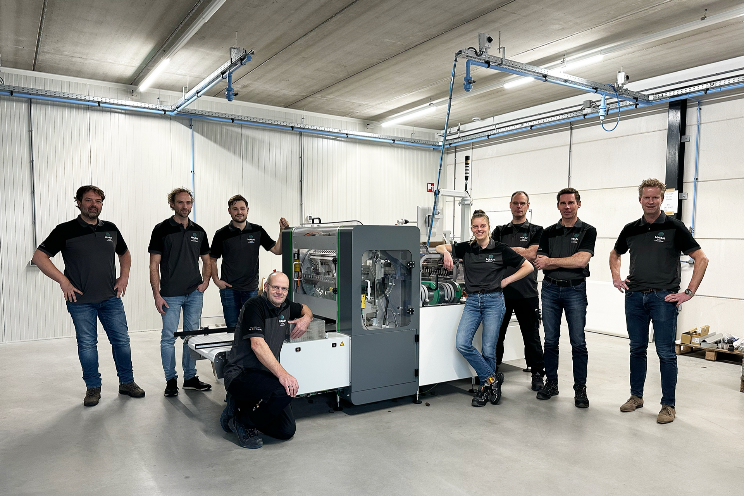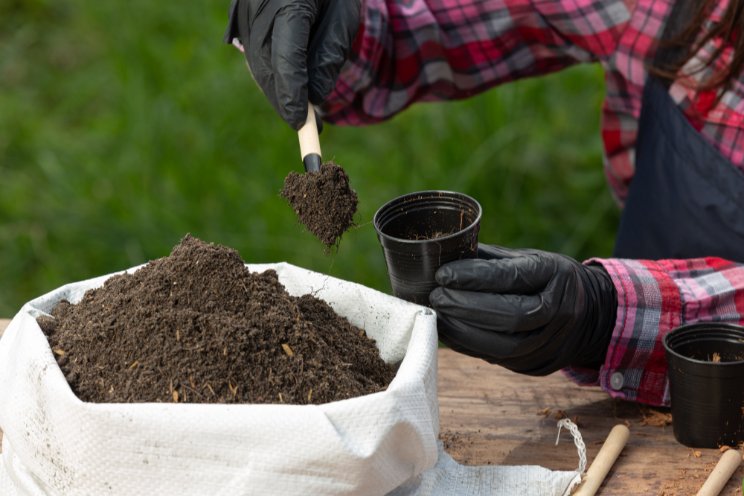VIDEO | First bean harvest on martian
Added on 24 January 2020

The experiment is designed to research the possibilities of feeding future inhabitants of the moon or Mars with locally grown crops. Scientist Wieger Wamelink: 'After a few experiments we now know how to do this. But simply getting plants to grow is not enough. We need to use urine and faeces produced by astronauts to fertilise the plants.'
How is the experiment set up?
A total of 60 pots were filled with artificial lunar and martian soil, as well as control samples of normal earth (potting soil). The pots were filled with either 250 grams of potting soil or 750 grams of faux lunar or martian soil and 250 grams of water. In half the pots, 15 grams of struvite was added. The struvite was obtained from wastewater purification installations in Western Amsterdam, Den Bosch and Cuijck. In each pot, three beans were planted. If more than one bean sprouted, the smaller beans were removed from the pot after two weeks, leaving just one plant per pot. The plants are automatically watered daily and kept under greenhouse conditions with a pleasant 20-degree temperature during the daytime, and 18 degrees at night. If there is insufficient daylight, lamps are switched on.

Plant length
During the experiment, the length of the plans was monitored. 'Soon enough the lengths of the plants started to vary, showing that the crops planted in potting soil and lunar soil simulant with struvite experienced the strongest growth,' says Wamelink. 'The martian plants with struvite showed a lag in their growth, which was surprising, as their growth started out as more promising than the lunar plants.' With lengths of no more than 25 cm, the plants that went without struvite clearly showed the poorest growth.
On 20 December, the first plants started budding and just before Christmas, the first beans appeared, within 2 months. Wieger Wamelink: 'We were certainly thrilled with this result, which was faster than we expected, although it meant I had to work between Christmas and New Years' Eve.'
Enough beans for a meal?
The new year started with a harvest of beans. Not yet enough for a meal, but multiple beans both from the artificial lunar soil as the potting soil. The harvest from the martian soil took one week longer. In the meantime, almost a kilogram of beans has been harvested from the pots containing struvite. The yield from the pots without the struvite is a meagre few beans.
Watch the beans grow in the timelapse video.
Source and photo courtesy of Wageningen University & Research
Source: Wageningen University & Research
More news















